In this article, we’re going to delve into the importance of privacy settings for your domain and how to add an extra layer of security. Our goal is to detail the various privacy and security choices available to domain owners and how to change and access these options.
We’ll also stress the significance of setting up DMARC records and enabling 2-factor authentication to protect your domain from being spoofed or stolen. This is important work, so let’s get started.
Table of Contents
Understanding Domain Privacy and Security
Protecting your domain name is critical to safeguarding your privacy and security online. Many people who use custom domain names are not aware of the important security and privacy settings available to them. By taking the necessary steps, you can prevent your personal information from being exposed to the public and reduce the amount of spam you receive as well.
Perhaps the easiest way to protect your privacy is simply by enabling Domain Privacy, which is included for free by many major domain registrars. This feature masks your personal information and displays proxy information instead (typically that of the domain registrar). This means that when someone looks up your domain, they only see the proxy information, not your real name, phone number, or address.
Another important security measure is Domain Lock. This feature prevents your domain from being transferred without your explicit consent. By enabling Domain Lock, you add an extra layer of security to your domain, which can prevent someone from stealing it.
When it comes to protecting your domain email, it’s very important to set up DMARC records. This ensures that anyone who sends an email using your domain must be authorized to do so. Without this protection, anyone can send an email using your domain and make it look like it’s coming from you. EasyDMARC is a service that can help you set up DMARC records and monitor your domain(s) for any unauthorized activity.
Finally, it’s also essential to set up Two-Factor Authentication (2FA) for your domain registrar, DNS service, and email provider. This means that in addition to your username and password, you need to provide a second form of authentication, such as a physical 2FA key or an authenticator app. This added layer of protection makes it much harder for someone to steal your domain, as they would need access to both your login credentials and your 2FA method in order to do so.
Now let’s take a closer look at each of these steps, so you can protect your domain name and reduce risk of unauthorized access or theft.
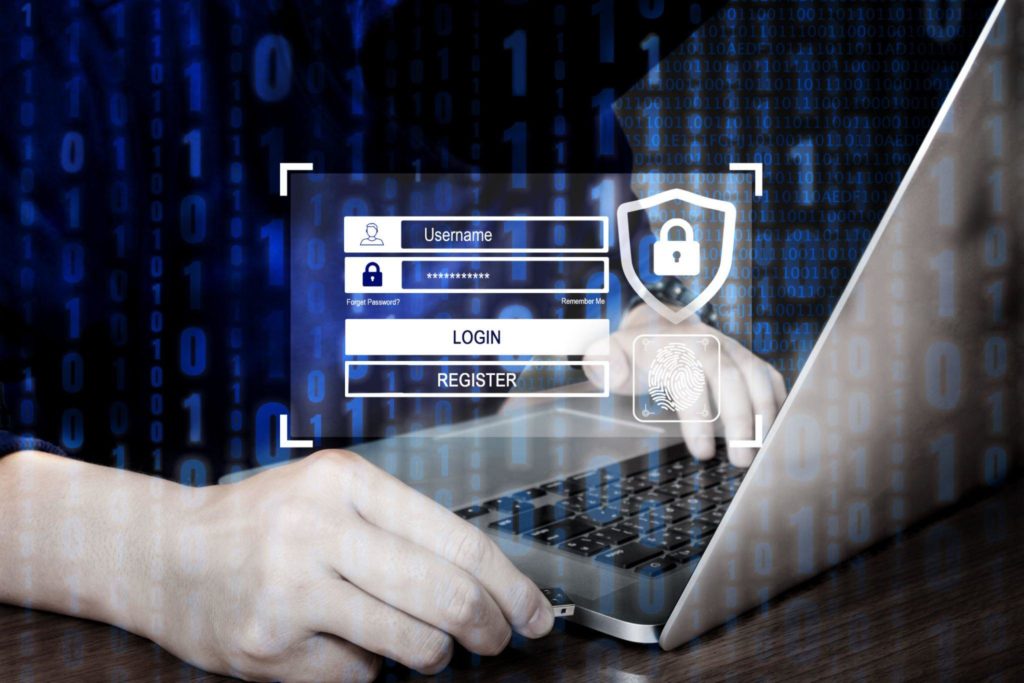
Checking Your Domain Privacy
Monitoring is also an important aspect of privacy protection and security when it comes to your domain, and this includes checking your domain privacy settings. By doing so, you can ensure that your personal information, such as your name, phone number, and address, is not publicly available.
To check your domain privacy, you can use a tool like GoDaddy’s WHOIS lookup. Simply visit a site like GoDaddy.com/whois and enter your domain name. This will show you what information is publicly available for your domain.
Ideally, you should see proxy information like we mentioned earlier, which means your personal information is not publicly displayed. If your real name, phone number, or address is being displayed, however, then it’s important to take immediate action to protect your privacy.
Adjusting Your Domain Privacy Settings
To do this, log into your domain registrar’s dashboard and look for the Domain Privacy setting. This is usually included for free with major registrars like GoDaddy, Namecheap, and Google Domains. If your registrar is asking you to pay for this service, it may be worth considering switching to a different registrar.
By taking even just this one, simple step to protect your domain privacy and security, you can reduce the risk of identity theft, phishing scams, and other online threats.
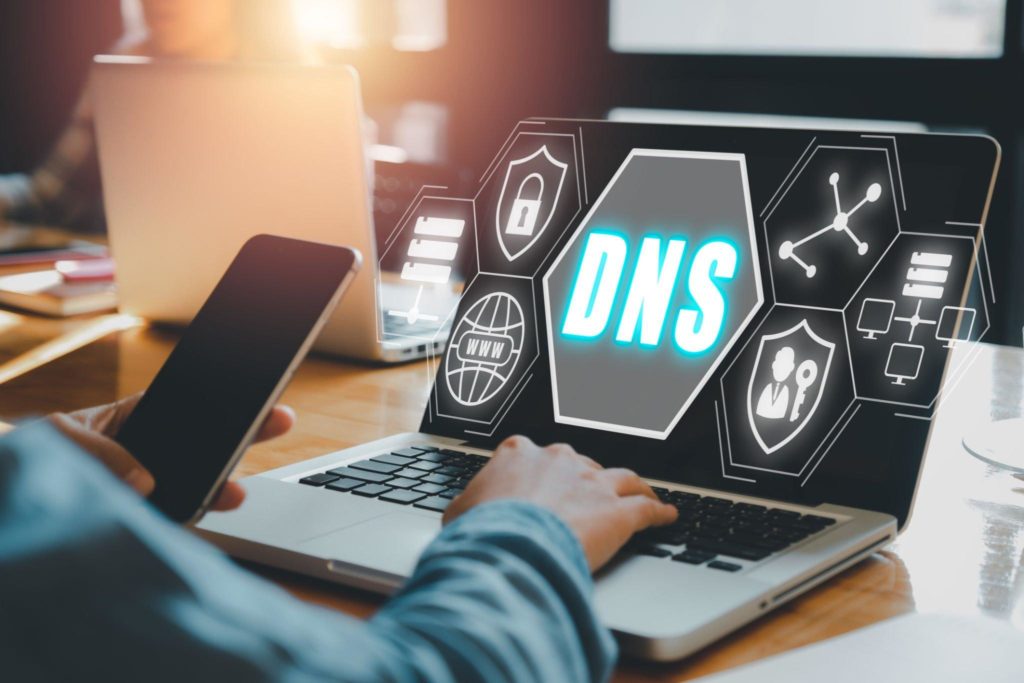
Importance of Domain Lock
Domain lock is another essential security feature that prevents unauthorized transfer of a domain. As mentioned earlier, transferring a domain is surprisingly easy if it’s not locked, and the last thing you want is someone stealing your domain name without your explicit consent.
Domain lock adds an important layer of security to your domain, and it’s crucial to ensure this setting is turned on. Domain lock is usually turned on by default in the settings of every registrar, but it’s important to confirm that it is indeed set to on. Simply login to your domain registrar’s dashboard, look for the Domain Lock setting, and then set it to ON if not already set as such.
Setting Up DMARC Records
If you want to protect your domain from email spoofing and scams, setting up DMARC records is an important step. DMARC stands for Domain-based Message Authentication, Reporting, and Conformance. This protocol allows domain owners to specify which email servers are authorized to send emails on their behalf, and how to handle unauthorized emails.
Setting up DMARC records can be a bit technical, but it’s worth the effort. Without DMARC, anyone can send an email using your domain name and make it look like it’s coming from you or your business. This can lead to phishing scams, data breaches, and loss of trust from your customers.
To set up DMARC records, you need to create a DNS TXT record that specifies your DMARC policy. The policy can be set to one of three levels: none, quarantine, or reject. The “none” policy means that you are just monitoring emails and not taking any action on them. The “quarantine” policy means that suspicious emails will be sent to the spam folder. The “reject” policy means that suspicious emails will be rejected outright.
To create a DMARC TXT record, you need to log in to your domain’s DNS management console and add a new TXT record with the following information:
Name: _dmarc.yourdomain.com
Value: "v=DMARC1; p=none; rua=mailto:your@email.com; ruf=mailto:your@email.com; fo=1"
In this example, replace “yourdomain.com” with your actual domain name, and “your@email.com” with your email address where you want to receive DMARC reports. The “rua” tag specifies where to send aggregate reports, and the “ruf” tag specifies where to send forensic reports. The “fo” tag specifies the format of DMARC reports.
Once you have added the DMARC TXT record, it may take some time for the changes to propagate across the internet. You can use a DMARC checker tool to verify that your DMARC record is correctly configured and receiving reports.
In conclusion, setting up DMARC records is an essential step in protecting your domain from email spoofing and scams. By specifying your DMARC policy, you can control who can send emails on your behalf and how to handle unauthorized emails. It may take some technical skills to set up DMARC, but it’s well worth the effort to secure your online presence.
Introduction to EasyDMARC
EasyDMARC is a service that helps protect your domain from being spoofed for email scams by bad actors. It provides an easy-to-use dashboard that presents you with critical DMARC reports, helping you understand when and how to move to a DMARC reject policy.
Josh, the owner of All Things Secured, has been using EasyDMARC for a couple of years now and highly recommends it. He explains that setting up DMARC on his own was not only complicated, but resulted in a deluge of DMARC reports that were difficult to understand.
EasyDMARC, however, takes responsibility for all of these reports and presents them in an easy-to-understand dashboard. It also alerts you when someone is trying to use your domain to send scam emails. Josh shares his own experience with EasyDMARC, where he received an alert that someone in Russia was trying to use the All Things Secured domain to send scam emails.
EasyDMARC is a valuable, highly recommended tool for protecting your domain from email spoofing and scam attempts, and it’s most certainly worth a look.
Importance of 2 Factor Authentication
2 Factor Authentication (2FA) is an essential security measure that everyone should take to protect their online accounts and domains. It adds an extra layer of security to your login process, making it much harder for hackers to gain access to your accounts.
Setting up 2FA can be applied in a number of different places to protect your domain. It absolutely needs to be set up with your domain registrar, but if you’re using a different DNS service like Cloudflare, you absolutely need to set it up there too. And yes, you need 2FA for your domain email provider, whether you use Google Workspace or a more private option like ProtonMail.
When you set up 2FA, try to avoid using the SMS text option and instead opt for the authenticator app, or better yet, a physical 2FA key. In both cases, this means that if somebody tries to steal your domain (which you’ve already locked, right?), then they need to not only know your username and password, they also need to have access to your method of 2-factor authentication.
2FA is one of the most effective ways to protect your domain from hackers and cybercriminals. By adding an extra layer of security, you can significantly reduce the risk of unauthorized access to your accounts and domains.
Conclusion
Protecting your domain is an essential step in ensuring your online security and privacy. With the increasing number of businesses and individuals using custom domain names, it’s crucial to take steps to safeguard your personal information and prevent unauthorized domain access.
By following the steps outlined in this article, including setting up domain privacy, locking your domain, setting up DMARC records, and implementing 2-factor authentication, you can add multiple layers of security to your domain, reducing the risk of malicious attacks.
It’s also important to note that while some domain registrars may try to upsell you on premium domain protections, basic always-included protections such as auto-renewal, updated payment methods, and domain locks are often sufficient to protect your domain.
Overall, taking the time to implement these security measures can provide peace of mind and help ensure the longevity and safety of your online presence, so take action today!
- Amazon Email Phishing: How to Identify and Avoid Scams - May 11, 2025
- Malwarebytes vs McAfee: Decoding the Ultimate Antivirus Battle - May 11, 2025
- Best Antivirus for Windows 10: Expert Recommendations for 2023 - May 11, 2025


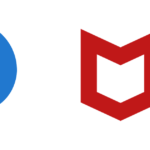
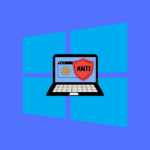


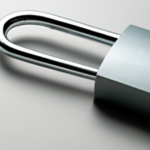



12 thoughts on “Protect Your Domain: Top 4 Domain Privacy Settings”